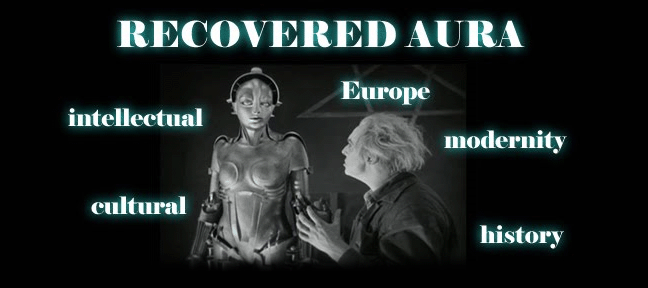Frederick was an accomplished pianist and flautist and would give frequent concerts for his courtiers and visiting dignitaries.
 The Swing, Jean-Honoré Fragonard, oil on canvas, 1767, The Wallace Collection, London.
The Swing, Jean-Honoré Fragonard, oil on canvas, 1767, The Wallace Collection, London.Gives new meaning to the phrase Petticoat Junction!!
 Jean-Antoine Watteau, Embarking (or Arriving) for the Isle of Cythera, oil on canvas, 1717, Louvre
Jean-Antoine Watteau, Embarking (or Arriving) for the Isle of Cythera, oil on canvas, 1717, LouvreCythera was the legendary birthplace of the goddess Venus. Watteau is known for his images of pastoral lovemaking, of mythological figures moving in luxurious landscapes and for his portraits of characters out of the commedia dell' arte.
Hello everyone! I just wanted to post a few more 18th C./French Rev./Enlightenment things before we speed ahead, pass by Napoleon and spend time with the Romantics so... on to a few words about Rococo!
Does this style give anybody else optical heart-burn? I mean it's like someone went completely berserk with the frosting tube and the gold spray paint!
Rococo is an art style that follows the 17th century Baroque and retains many of the elaborate and grand motifs of the earlier epoch. When you see Rococo you'll probably associate it with French aristocracy- people with too much time and too much money living in a hermetically sealed environment devoted to pure pleasure. Rococo may be derived from the French word for shells (coquilles). Rococo was supplanted by the more austere and geometrically delineated Neo-classical style which largely did away with all the frou-frou details in celebration of classical coolness and imagined Republican virtues.




No comments:
Post a Comment